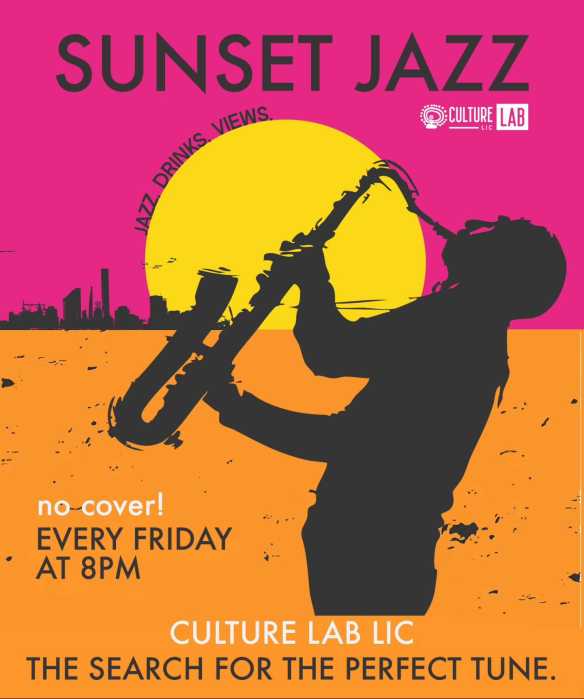
Mayor Bill de Blasio released the city’s $98.6 billion executive budget Monday (Michael Appleton/Mayoral Photography Office)
April 27, 2021 By Allie Griffin
Mayor Bill de Blasio released the city’s executive budget for Fiscal Year 2022 Monday and included millions of dollars in funding for speed cameras, open streets and bike lanes among other items.
The $98.6 billion “Recovery Budget” has been padded with federal stimulus money to help New York City come back from the pandemic and resulting financial crisis.
De Blasio has allocated millions to transform city streets as part of the recovery budget through programs like Open Streets as well as the creation of bike lanes.
He has earmarked $4 million to support community partners within the Open Streets program and $8.5 million to streamline the process for Open Restaurants outdoor dining applicants.
“Here, we put the resources in place to keep those programs moving forward, to allow that beautiful re-imagining of our streets and to make sure that all communities can participate,” de Blasio said during a press briefing Monday.
The budget also includes $46 million in funds for the operation and maintenance of speed cameras across the city.
The cameras capture photos of drivers going more than 10 miles per hour above the speed limit. The city then mails $50 tickets to the registered owner of the car caught speeding.
By Fiscal Year 22, there will be 2,220 cameras citywide — up from nearly 1,000 that are placed throughout the five boroughs now.
De Blasio also said that $5 million in capital will be set aside to fund the creation of a separate pedestrian lane on the Queensboro Bridge.
Pedestrians and cyclists currently share one narrow lane on its northern outer roadway.
The city will used the funds to convert the southern outer roadway — currently used by cars — into a pedestrian pathway. The existing shared pathway on the northern outer roadway will become a two-way bike lane.
De Blasio has earmarked $2 million for the creation of a bike lane of the Brooklyn Bridge as well.
The pandemic-era budget also includes investments to expand early childhood education, create city cleaning jobs, fund community-based anti-gun violence programs, increase mental health support and more.
“With the Recovery Budget, New York City will emerge from this challenge stronger, fairer, cleaner, greener and safer than ever,” de Blasio said.

The shared bicycle and pedestrian pathway on the north side of the Queensboro Bridge. This narrow strip will be dedicated for bicyclists– while a vehicle lane on the south side of the bridge will be converted for pedestrian use. (Photo: Queens Post)






